Votre panier est vide.
Slipper “Ziwania” inside Mlifa green
28.00$
Discover this icon of leather craftsmanship in Morocco! The “ziwania” slipper, one of the emblems of traditional Moroccan clothing art. Handcrafted with the greatest respect for materials and ancestral techniques, by a talented master craftsman and renowned in the traditional Moroccan market.
The seal of authenticity affixed to its leather testifies to the excellence of the quality of its manufacture.
The flexibility and softness of which it is characterized give it another advantage of comfort and unparalleled well-being that will delight 100% its buyer!
Choose from several sizes available below
Disponible sur commande
Produit sera envoyé dans 3-5 business days
Description
The Ziwania slipper is considered a high-end product that adds a stamp of authenticity, elegance and nobility to any traditional dress. It is already distinguished by its bright yellow color of Berber origin, its pointed end, as well as by the natural materials from which it is made; in particular the leather which comes from the famous tanneries of the city of Fez known for their inimitable work of leather according to an ancestral know-how.
This magnificent slipper is made of a rough goat leather upper worked meticulously by the most skilled tanners of Fez., an inner lining in green “Mlifa” high quality fabric soft to the touch of cashmere, a leather insole lined with high quality pads for maximum comfort and a very resistant cowhide outer sole.
The babouche is entirely sewn by hand with hemp and silk thread.
Take into account that this product is manufactured in the purest tradition of Moroccan craftsmanship and according to very precise quality criteria in accordance with the certificate of quality and authenticity issued to its master craftsman. VS’is the result of assembly-line work divided between a team of 3 craftsmen and requires a whole day for it to be carried out. So wear a work of art on your feet!
Our artisanal gem is provided with a cover to facilitate its storage and conservation after each use.
For maximum comfort, we recommend that you always take a size larger than the one you usually wear.
To maintain your slipper, dust and clean it with a slightly damp cloth. Remove excess water with a dry cloth. Then, apply a transparent shoe polish to nourish the leather. In case of stains, put a few drops of milk on a cotton ball and apply in circular movements then let dry.
History
The babouche has been made in Morocco for centuries. Manufacturers apply this ancestral know-how to the realization of slippers. The leathers come from the tanneries of the Medina Boujloud in Fez, just as old. The slipper in Morocco is called “belgha” and differs from one region to another by its patterns and its shape, nevertheless it remains the most worn shoe because it is light and practical.
Traditionally made from goatskin or sheep leather, they were once the ultimate everyday shoe. Today, only the old ones remain faithful to the slipper abandoned by the younger generations in favor of Western fashion. However, it is still essential for adornment of special occasions such as the celebration of weddings. During religious festivals, “the wearing of the traditional costume is obligatory” and the djellaba are added the essential slippers.
It is at the center of Moroccan leather craftsmanship because it is one of the most popular objects for tourists visiting Morocco. Small anecdote: the word leather goods owes its genesis to the word “morocco”, meaning given to leather exported from Morocco from the 16th century.
The two types of slippers
The traditional Moroccan costume is linked to slippers: Arabs with a pointed end for townspeople, Berbers with a square or round end for rural people.
The color of slippers worn by men is often yellow tinged with pomegranate or white.
Those of the women are of different colors. Slippers are a real beauty accessory for women (“Cherbil”). City dwellers wear it with the djellaba or during ceremonies. The “Cherbil” can be covered with velvet and embroidered with gold, silver or silk thread or embroidered with geometric patterns, adorned with “mozounes” (sequins) or fine pearls.
The babouche can also have a wide sole and buttresses rising up to the mid-leg to protect the feet in winter.
Informations complémentaires
| Poids | 1 kg |
|---|---|
| Dimensions | 50 × 17 × 15 cm |
| Sizes | 24, 25, 26, 27, 28, 29, 30-35, 36-39, 40-42, 43-46, 47-49 |
Avis (0)
Soyez le premier à laisser votre avis sur “Slipper “Ziwania” inside Mlifa green” Annuler la réponse
Vous devez être connecté pour publier un avis.
Plus d'offres
Pas d'autres offres pour ce Produit
Conditions:
Politique de livraison
The product will be delivered after your order is confirmed by electronic payment. The delivery time will be 5 to 10 days after the processing time of the product. A tracking number will be communicated to you by email.
Conditions d'indemnisation intégrale
You will be refunded if your product is not received within 60 days or if the product does not comply with your order.
Retour / Annulation / Echange
If you are notsatisfiedwith the product, you can return it within 10 days of receipt.
Custom products are not refunded or returned.
Renseignements
Questions et demandes générales
Il n'y a pas encore de demandes de renseignements.
Produits apparentés
-33%
0 sur 5
-17%
0 sur 5
-9%
0 sur 5
-33%
0 sur 5
-43%
0 sur 5
-13%
0 sur 5
-40%
0 sur 5
0 sur 5

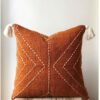
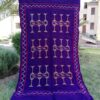
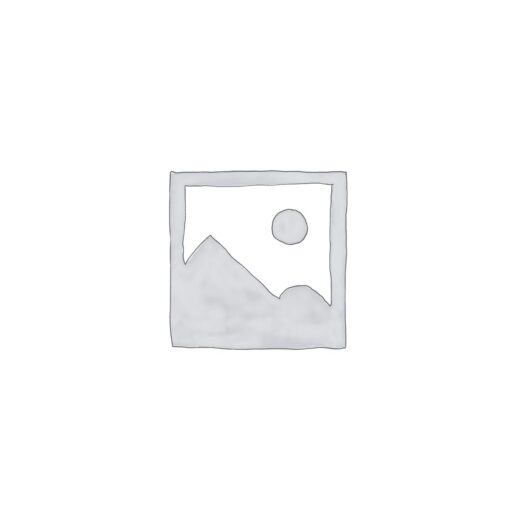
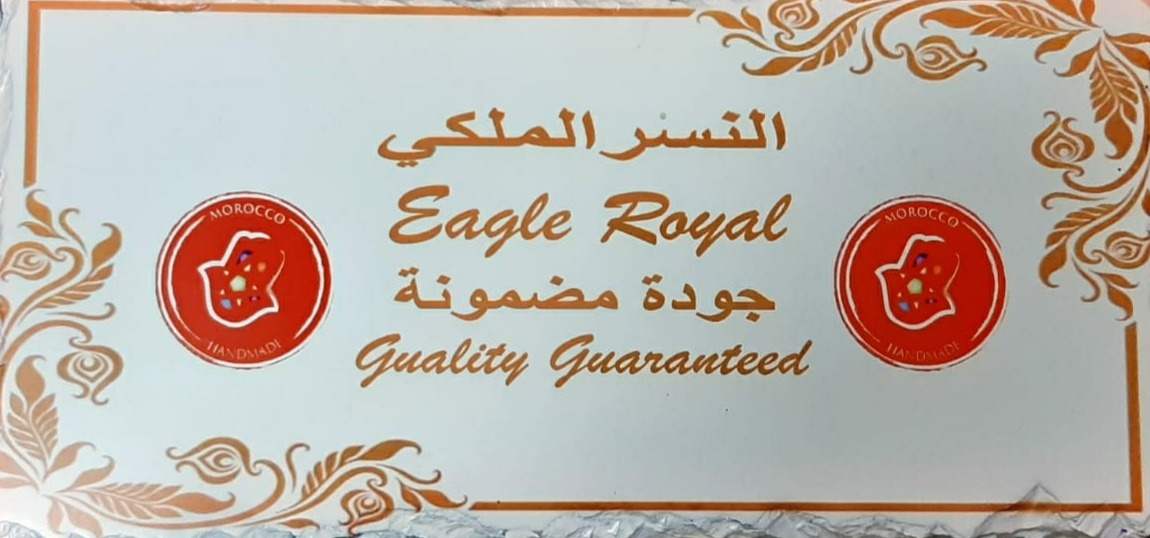
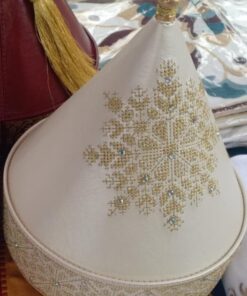

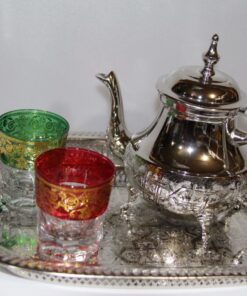
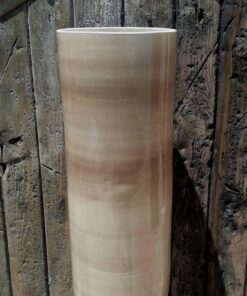

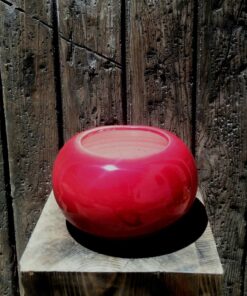
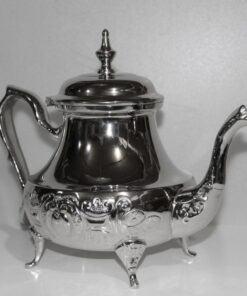
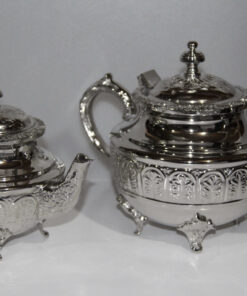
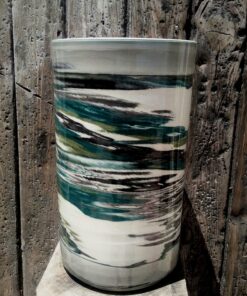
Avis
Il n’y pas encore d’avis.